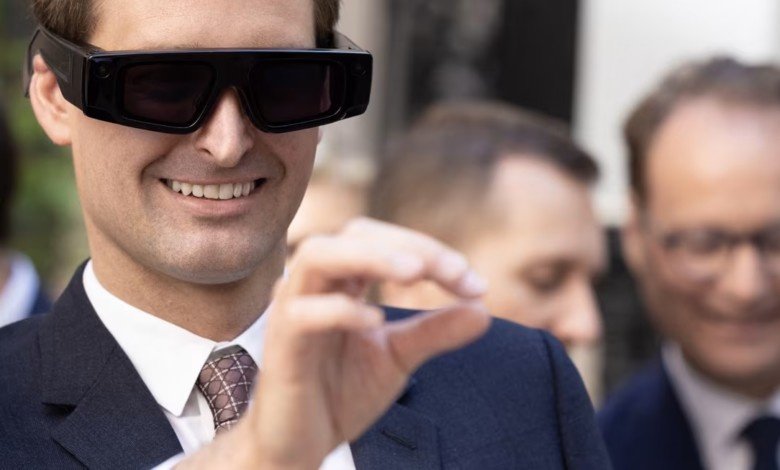After Google Glass failed to gain mainstream traction over a decade ago, Silicon Valley is betting that the time for smart glasses has finally arrived—thanks to advancements in artificial intelligence (AI). Tech giants like Snap, Meta, Google, Amazon, and Apple are now investing heavily in AI-powered eyewear that can see, understand, and respond to the world around users in real time.
Snap recently announced plans to launch AI-equipped smart glasses by 2026, signaling renewed confidence in the category. The resurgence is driven by two key trends: the slowing smartphone upgrade cycle and the surge in AI capabilities that enable glasses to process images, speech, and video simultaneously while engaging in conversational responses.
Unlike earlier models such as Google Glass, Amazon Echo Frames, or Meta’s original Ray-Ban Stories—which mostly focused on simple functions like hands-free music or photos—the newest generation offers far more sophisticated features. For example, Google’s Gemini assistant prototype can recognize objects seen by the wearer and provide context-aware answers, while Meta’s Ray-Ban Meta AI glasses offer real-time language translation and object recognition, with over two million pairs sold since 2023.
Market research firms expect rapid growth: ABI Research forecasts shipments growing from 3.3 million units in 2024 to nearly 13 million by 2026, while the International Data Corporation predicts a jump from 8.8 million in 2025 to almost 14 million in 2026.
Looking ahead, Snap’s upcoming “Specs” glasses aim to “understand the world around you,” moving beyond the limitations of tiny smartphone screens. Apple is reportedly preparing a competing model for release next year, and Amazon has hinted at camera-enabled Alexa glasses.
The integration of AI assistants like OpenAI’s ChatGPT and Google’s Gemini is already setting the stage for smarter wearable interactions, as these systems leverage device cameras to provide information about the user’s surroundings.
However, challenges remain. Privacy concerns persist due to discreet recording capabilities, and convincing consumers to adopt yet another wearable device—especially those without prescription needs—will require compelling use cases. Pricing may also be a barrier; while Meta’s smart glasses are priced around $300, Apple’s Vision Pro headset costs upwards of $3,500, potentially limiting adoption.
Despite these hurdles, industry experts believe smart glasses represent the next major platform shift beyond smartphones. “It’s not going to happen today. It’s going to happen many years from now, and all these companies want to make sure they’re not going to miss out on that change,” said Jitesh Ubrani, a wearable devices analyst at IDC.















